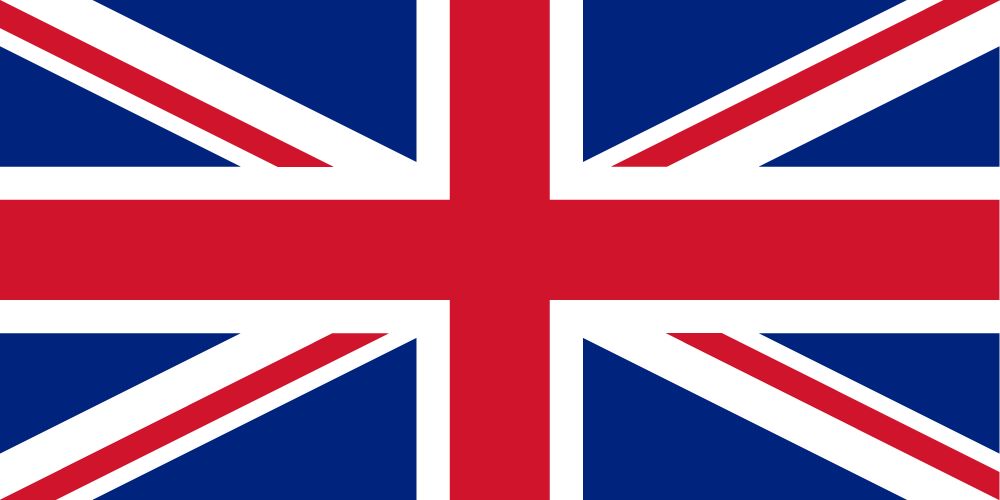CTO vs CEO – How do they differ?
March 20th 2024 | Posted by Mark Geraghty
CEO vs CTO key differences…
Senior business roles are diverse, and it can be difficult to understand the associated responsibilities. Every senior role is vital to the success of the organisation, and they are distinct from each other.
In this article, we will discuss the responsibilities of a Chief Technology Officer (CTO) and a Chief Executive Officer and discuss how the roles differ from each other.
The role and responsibilities of a CEO
The CEO is the overall leader of the organisation. So, any individual undertaking this role must be skilled in leadership, strategy, finance, and operations. CEOs must also be good communicators. As French entrepreneur, Fabrice Grinda said,
“If you’re CEO of a company, you have to be a public person. You’re speaking to the press, you’re speaking to investors, you’re speaking to employees, you’re the public face of the company, and so kind of naturally, you become more extroverted, more outwards facing.”
The best CEOs are also inspirational, adaptable, and have strong ethics. They are responsible for leading the organisation in the right way and ensuring high-level decisions are made in the best interests of the business and with appropriate input from other board members and senior leaders.
The key responsibilities of a CEO are:
- Developing the strategies and visions of the organisation.
- Making strategic decisions, often using data input from senior leaders.
- Communicating performance information with other board members.
- Ensuring the financial health of the organisation.
- Being accountable for the performance of the business.
- Representing the business to external stakeholders and the public.
- Ensuring the company values and culture are communicated and adhered to.
The role and responsibilities of a CTO
The Chief Technology Officer (CTO) is responsible for the organisation’s technology strategy. Professionals in this role are vital to the innovation that drives the business forward. They foster new technologies, create technology partnerships, and often lead product development.
The key responsibilities of a CTO are,
- Developing the technology strategy for the organisation.
- Ensuring technology adoption and innovation align with the goals of the business.
- Driving the growth of the business with technological implementation.
- Leading technology development, adoption, innovation, and finance.
- Managing research and development in the area of technology.
- Monitoring emerging technologies and using them to innovate business processes and products.
Comparing the roles of a CEO and CTO in summary
When comparing the role of a CEO with that of a CTO, it’s clear that the former has a wider focus and area of influence. The CEO makes decisions and creates strategies for the entire business. In contrast, the CTO focuses on the organisation’s technology strategy and is responsible for decisions regarding the use and innovation of technology.
In addition, the CEO is often the public face of the organisation, whereas the CTO is only usually involved with customer contact that is specifically related to establishing how technology can innovate product development to meet customer requirements.
To undertake their role, a CEO must possess a range of skills in the areas of strategy, leadership, finance, and communication. In comparison, the required skills of a CTO include technical expertise, and a deep understanding of how technology innovation and product development can drive the business forward. Both roles are essential to the success of the organisation.
Are you looking to a hire a CTO or CEO? Download our Leadership Team Hiring Guide now for insight into the best hiring practices.




